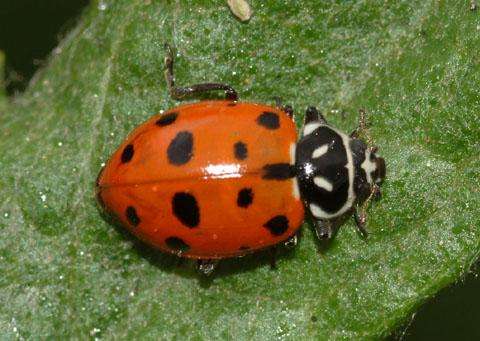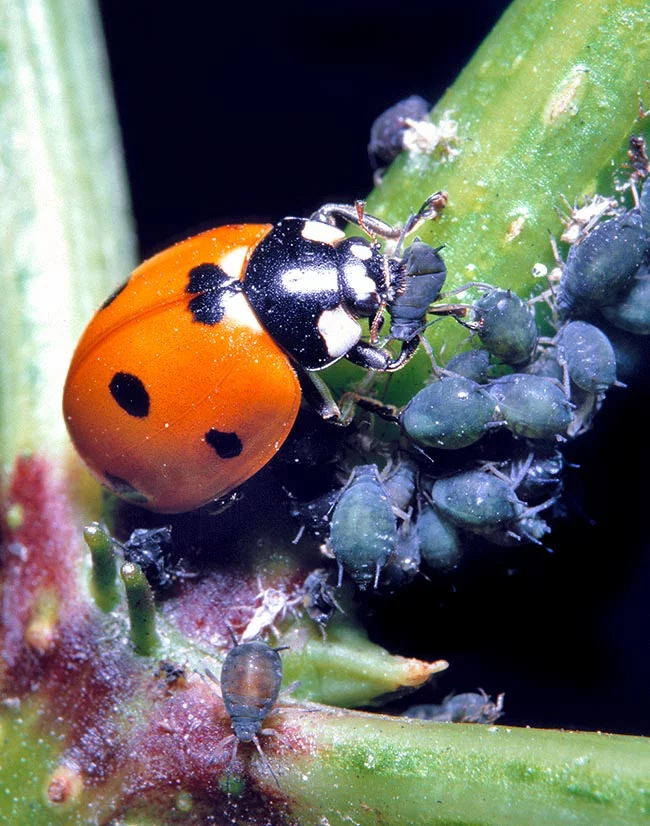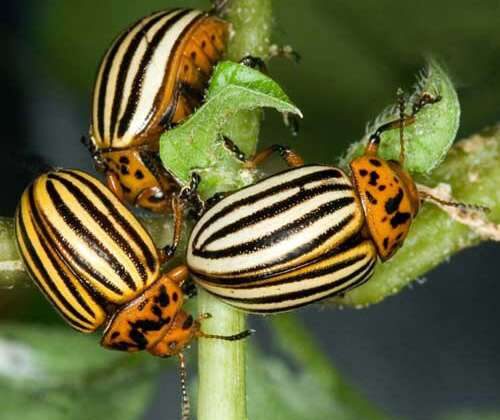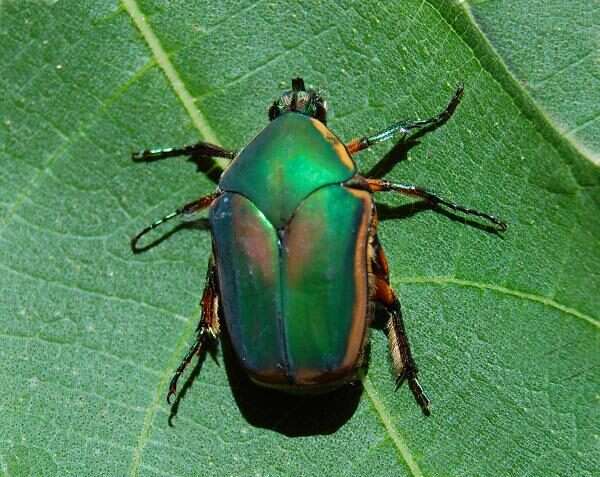
One of the most prevalent lady beetles in North America is Hippodamia convergens, which may be found all over the continent. Their primary food source is aphids, and they are utilized to biologically control these pests.
Geographical Location
Nearctic and Neotropical regions primarily have Hippodamia convergens. It is a widespread species across all of the US. It is also widespread in South America and Canada.
Habitat
The convergent lady beetle, Hippodamia convergens, can be found in a variety of environments, such as woodlands, grasslands, agricultural fields, and residential gardens. On crops in gardens and farms where there are plenty of aphids and other prey to consume, convergent lady beetles can be found.
Morphology
- Hippodamia convergens possess elytra that have 12 black spots and are yellow/red or tannish red in color, and it has a semi-hemispherical form. The elytra are not as curved and like most lady beetles, this beetle does not have the typical oval shape.
- Hippodamia convergens have all-black legs and an underside with three distinct dots on the posterior of the elytra.
- These beetles have short antennae, three segments on each leg, and short legs.
- The name of this beetle comes from the prothorax, which is black with a white border and white lines pointing inward toward the abdomen and one another. The front margin of the elytra and the prothorax are not precisely parallel.
- Normally eggs are 1-1.5 mm long, pointed at one end, elongated.
- Larvae have an alligator-like appearance, however they can be distinguished by the orange dots on their prothorax.
- Pupae are hemispherical in shape and colored orange and black.
Feeding Habits
Hippodamia convergens have a cunning nature. It consumes small arthropods occasionally as well as other insects. They normally eat aphids, insects, and plant mites. Convergent lady beetles have been observed feeding on a variety of prey, including cotton, maize leaf, pea, cabbage, melon, potato, aphids and green peach. Because of this, this species can be effective in reducing aphid populations on farms. Additionally, this beetle consumes other insects’ eggs and larvae, including stink bugs, asparagus beetles, and potato psyllids. Despite the fact that both adults and immatures primarily consume aphids, adults will consume pollen in the fall as they prepare to hibernate in order to put on more weight.

Behavior
Generally a solitary species, Hippodamia convergens only in large numbers during the winter when it overwinters. It operates primarily during the day. While larvae by walking migrate on overlapping leaves from plant to plant and frequently following leaf veins. While adults have the ability to fly from plant to plant in search of prey.
Importance in Humans Life
Positive Role
Hippodamia convergens is extremely beneficial to us economically. Since they are the natural predators of agricultural pests, such as several species of aphids and scale insects, convergent lady beetles are created and sold as pest control agents for farms and gardens.
Negative Role
Even though this species is useful and frequently moved for agricultural purposes, this species has the potential to spread parasites and disease. The potential of bringing new infections into the United States has increased due to the trading and transit of this lady beetle.
Why do they keep them as pets?
Hippodamia convergens, a species that acts as a biological control agent to the aphid found in the plant of the habitat, is not actually thought of as a pet but is highly useful in fields and gardens.
Care must be taken, though, as biopesticide infections from the larvae’s natural enemies can easily infect them. The larvae may become infected by these natural enemies, which include Metarhizium anisopliae, Paecilomyces fumosoroseus, and Beauveria bassiana.
Table





